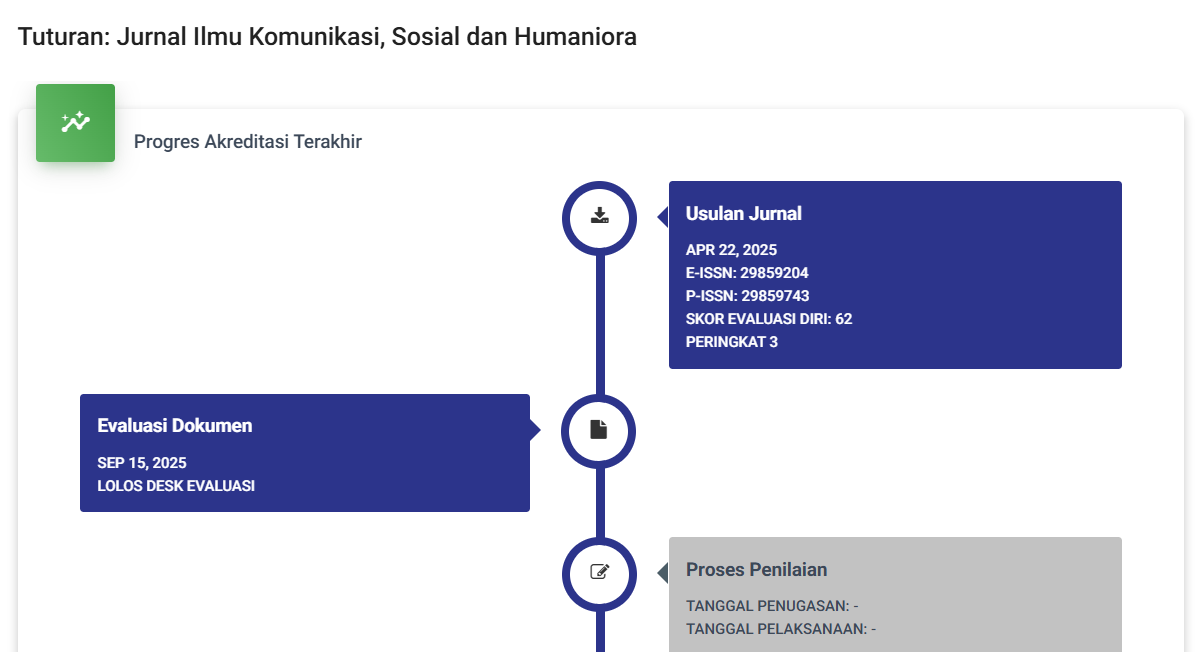Pengaruh Penggunaan Gadget terhadap Bahasa yang Digunakan oleh Anak Usia 6-10 Tahun dalam Berkomunikasi
DOI:
https://doi.org/10.47861/tuturan.v2i2.1197Keywords:
language, children, communicationAbstract
In the increasingly advanced digital era, children are increasingly exposed to gadgets such as smartphones, tablets and computers which provide easy access to various online content. Almost all levels of society have gadgets. Excessive use of gadgets or without adequate supervision can have a negative impact on children's language development and use of Indonesian that is not appropriate for their age. Parents give gadgets to their children for several reasons, such as calming the child when they are fussy, making it easier for the child to sleep or eat, and giving parents free time so they can do household work or relax. The aim of this research is to analyze the influence of technological developments on the use of Indonesian by children in elementary schools in communicating and to identify forms of use of Indonesian that are not appropriate for the age of children in elementary schools due to technological developments. The research method used is analytical descriptive, namely research that attempts to describe phenomena that occur realistically, real and contemporary, because this research consists of making systematic, factual and precise descriptions, drawings or paintings regarding the facts, characteristics and relationships between the phenomena being studied. . The research results show that uncontrolled use of gadgets and lack of supervision can contribute to children using inappropriate language in their communication. Children who spend too much time on gadgets tend to be exposed to content that is inappropriate or not appropriate for their age. The influence of a less controlled environment can also influence the use of inappropriate language. It is important for parents and the environment around them to supervise children's use of gadgets by providing appropriate restrictions and managing usage times and also providing a clear understanding of the appropriate and ethical use of language in communication. Parents and the surrounding environment can act as positive examples in the use of appropriate language and provide continuous guidance regarding the importance of using appropriate language in communication.
References
Aeni. E.S. & Lestari. R.D. (2018). Penerapan Metode Mengikat Makna dalam Pembelajaran Menulis
Diessel, H. (2004). The acquisition of complex sentences (Vol. 105). Cambridge University Press.
Lestari. R.D., Mahardika.R.Y., dan Nugraha.V. (2020). Pembinaan literasi untuk menangkal berita
provokatif. Abdimas IKIP Siliwangi. 3(2). 288-299.
Lestari.R.D. (2021). Penerapan model pembelajaran multiliterasi dalam meningkatkan kecerdasan
interpersonal pada mata kuliah menulis karya sastra berbantuan youtube. Semantik. 10(1). 55-64.
Mulyanto, A., Probowati, A. R., & Purnamasari, R. (2023). Analisis gaya bahasa sindiran dalam video
tiktok Rian Fahardhi. Semantik, 12(2), 141–160.https://doi.org/10.22460/semantik.v12i2.p141-
Nurhati.E.,et.al. (2023). Jati diri orang sunda dalam mitos ciung wanara:pendekatan strukturalisme
Levi-Strauss. Jurnal Aksara. 35(1). 74-93.
Pateda, M. (2011). Lingustik Sebuah Pengantar. Bandung: Angkasa.
Saputri,W., & Mubarok.Y. (2023).Pemerolehan Bahasa pada anak dengan Autism Spectrum Disorders
(ASD). Jurnal Semantik. 12(1), 2023. 49-60.
Suryana, Dayat. (2012).Mengenal Teknologi. Jakarta: Gramedia.
Watie.E.D.S. (2011). Komunikasi dan Media Sosial. The Messenger. 3(1). 69-75.
Cerpen pada Mahasiswa IKIP Siliwangi Bandung. Semantik. 7(1). 1-15.
Downloads
Published
How to Cite
Issue
Section
License
Copyright (c) 2024 TUTURAN: Jurnal Ilmu Komunikasi, Sosial dan Humaniora

This work is licensed under a Creative Commons Attribution 4.0 International License.








